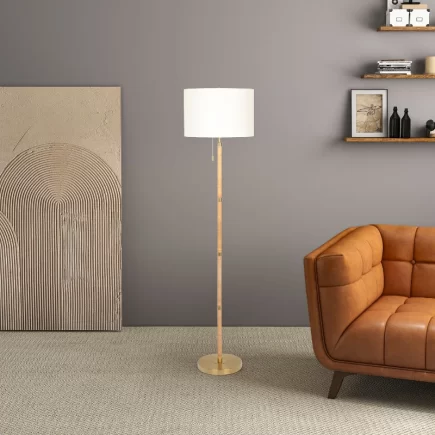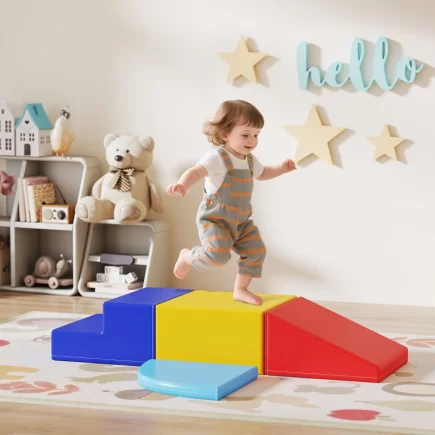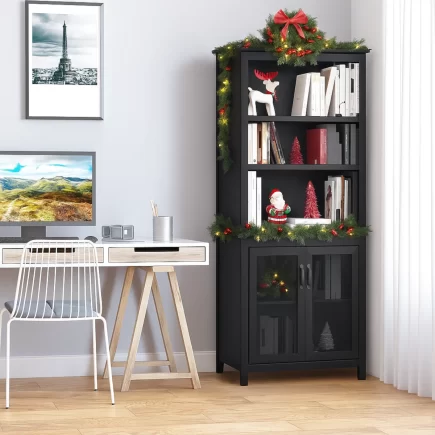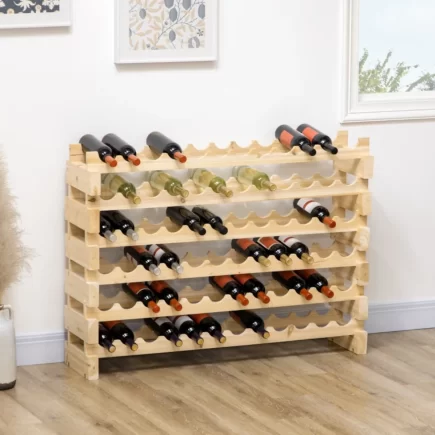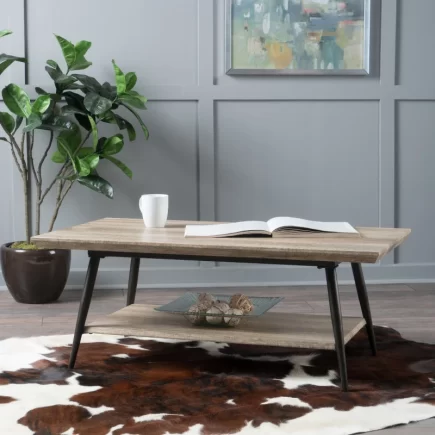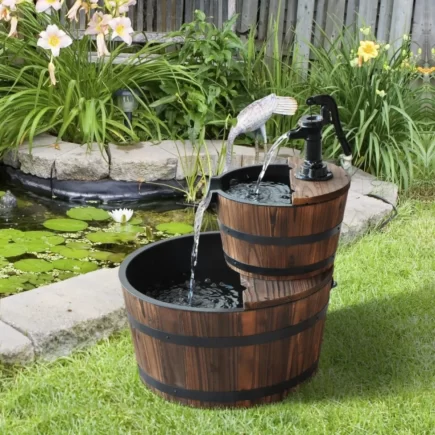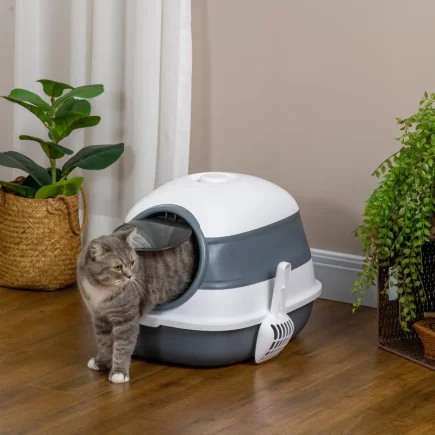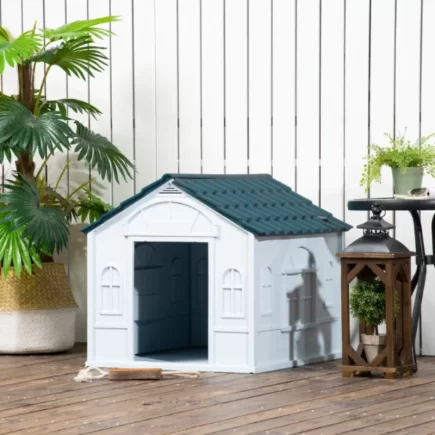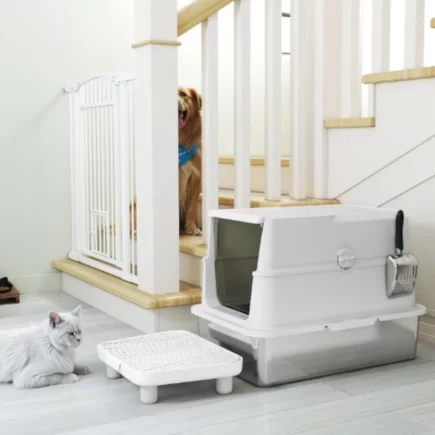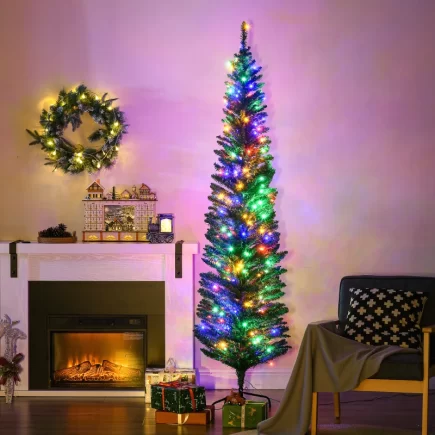Whether you want a cozy companion for your couch or a stylish accent for your bedroom, the right throw blanket can transform your space. With a wide array of choices in materials, colors, sizes, and designs, choosing the perfect one can feel overwhelming. But don’t this article will help you navigate the process, ensuring that your next throw blanket purchase blends comfort, style, and practicality seamlessly into your home.

1. Consider the Material
The first step in selecting a throw blanket is understanding the material options available. Different materials provide distinct benefits, and choosing the right one is essential for your comfort and style.
Cotton
Cotton is one of the most popular materials for throw blankets, known for its softness, breathability, and durability. It’s a great option for year-round use since it’s lightweight yet provides enough warmth for chilly evenings.
Pros: Soft, breathable, hypoallergenic, machine washable.
Cons: Less warmth in colder weather compared to wool or fleece.
Wool
Wool throws are famous for their warmth and insulation properties. They trap heat while allowing the body to breathe, making them perfect for cold weather. Wool is naturally moisture-wicking and antimicrobial, which helps prevent odors.
Pros: Extremely warm, moisture-wicking, antimicrobial.
Cons: It can be itchy for some people, and requires special care during washing.
Fleece
Fleece is a synthetic material that offers a plush, soft feel and excellent warmth. It’s often more affordable than natural fibers and is easy to maintain. However, it’s not as breathable as cotton or wool, so it might not be ideal for warmer climates or during summer.
Pros: Soft, lightweight, warm, easy to clean.
Cons: Can trap heat, less breathable.

Acrylic
Acrylic is a synthetic material that mimics the softness of wool but is more affordable and lighter. It’s resistant to fading and retains its shape well, even after multiple washes. Acrylic throws are often designed to be machine washable, making them low-maintenance.
Pros: Affordable, easy to care for, retains shape well.
Cons: Less breathable, may not provide the same warmth as wool.
Knit
Knitted throw blankets add a cozy, textured element to any space. The material can vary, including wool, cotton, or a blend of fibers. Knitted throws offer a more relaxed, casual look and feel, ideal for lounging.
Pros: Textured, cozy, customizable.
Cons: May require more care, can be bulky.
2. Evaluate the Size
The size of your throw blanket should reflect its intended use. While standard throws are typically 50″ x 60″, the size you choose depends on where it will be used.
Sofa Throws
A 50″ x 60″ throw is perfect for draping over the arm of a sofa or covering a portion of the seat.
Bed Throws
For the bed, a larger throw (around 60″ x 80″) works well as an additional layer of warmth or a decorative accent at the foot of the bed. It can provide both practical comfort and visual interest.

Usage Considerations:
Additionally, consider the weight and thickness of the throw. A thicker wool blanket may be perfect for winter, while a lightweight cotton throw can be great for layering or warmer months. Lightweight throws are perfect for layering with other blankets, providing flexible warmth.
3. Weight and Thickness Variations
Throw blankets come in different weights and thicknesses. Understanding these differences is key to selecting the best one for your needs.
Layering Potential
Lightweight options like cotton can be layered with other blankets for more warmth flexibility, especially during colder months.
Seasonal Adjustments
A thicker wool throw works well for winter, while a lightweight knit or cotton throw is perfect for warmer months, offering comfort without overheating.
4. Consider Style and Design
Choosing the right throw blanket is also about finding something that complements your home’s style.
Patterns and Colors
Choose colors and patterns that complement the existing decor in your space. Neutral tones like grey and beige can blend seamlessly, while vibrant colors or patterns can add a pop of interest to minimalist designs.

Personal Preference
Whether you prefer modern, minimalist designs or traditional, cozy patterns, the throw blanket is an easy and affordable way to experiment with trends or showcase your personal style.
5. Eco-Friendliness and Sustainability
With growing awareness of environmental issues, consider materials that are sustainably sourced.
Sustainable Materials
Organic cotton and recycled fibers are eco-friendly options. Organic cotton, for example, is grown without synthetic pesticides, making it gentler on the planet and your skin.

Ethical Sourcing
Brands that prioritize fair labor practices and ethical sourcing contribute to both the well-being of the planet and its workers. Many companies now promote transparent production processes, ensuring that their products are made under humane conditions.
6. Health and Allergy Considerations
For those with sensitivities or allergies, it’s essential to choose materials that won’t irritate the skin or worsen symptoms.
Hypoallergenic Options
Cotton is naturally hypoallergenic, making it a great choice for those with sensitivities. While wool is warm, it may irritate some individuals due to its texture, though finer varieties can be gentler.
Breathability
Breathable fabrics like cotton and wool are ideal for preventing discomfort during sleep. These materials allow for air circulation, ensuring comfort, especially for those prone to night sweats or heat sensitivity.

7. Seasonal and Multi-Purpose Use
A versatile throw can serve you throughout the year and in a variety of settings.
Transitional Throws
Opt for a throw that can be used year-round. A lightweight cotton throw provides comfort in both warmer months and cold seasons when layered with other blankets.
Versatility
Consider how your throw might be used beyond the couch or bed. Can it double as a picnic blanket, beach throw, or travel companion? A versatile throw offers flexibility, making it a worthwhile investment.
8. Durability and Care
A throw blanket’s longevity depends on how well it’s maintained and the durability of the material.
Ease of Cleaning
Some materials, like fleece and cotton, are machine washable, making them easier to maintain. Wool, however, often requires special care.
Longevity
High-quality materials like wool and cotton generally offer better durability. These throws will maintain their warmth, color, and texture even after many washes.

9. Price and Budget
Striking the right balance between cost and quality is key when purchasing a throw blanket.
Quality vs. Cost
You don’t need to break the bank to find a good throw blanket. Affordable options made from synthetic fibers, like acrylic or fleece, can still offer comfort and style. However, if you’re looking for something luxurious that will last for years, consider investing in natural fibers like wool or high-end cotton.
Selecting the Perfect Throw Blanket
Choosing the right Throw Blanket involves considering various factors like material, size, weight, style, and sustainability. Whether you prioritize warmth, comfort, or design, there’s a throw blanket out there that suits your needs. Keep these factors in mind to ensure you select a throw that complements your space, provides the perfect amount of warmth, and stands the test of time. A thoughtfully chosen throw blanket can elevate your décor and provide a cozy, inviting atmosphere, making your space feel like home.
FAQs
1. What is the best throw blanket for kids or pets?
For kids or pets, durability and easy cleaning are key. Opt for machine-washable materials like cotton, fleece, or acrylic. These fabrics are soft, resistant to wear, and can withstand frequent washing without losing their appeal.
2. Can I use a throw blanket outdoors?
Yes, you can use a throw blanket outdoors, but choose one made from durable, weather-resistant materials like acrylic or fleece. These materials can handle outdoor environments better and are easy to clean, making them perfect for picnics, beach outings, or garden seating.
3. How do I store throw blankets when not in use?
To store throw blankets, fold them neatly and place them in a cool, dry area. Use breathable fabric bags or storage bins to keep them safe from dust and pests. Avoid storing blankets in direct sunlight, as it can fade the color and weaken the material over time.
4. How do I prevent my throw blanket from shedding?
To prevent shedding, choose throw blankets made from tightly woven or higher-quality materials like cotton or wool. Regularly wash and care for the throw according to the manufacturer’s instructions to maintain its shape and prevent fibers from coming loose.

